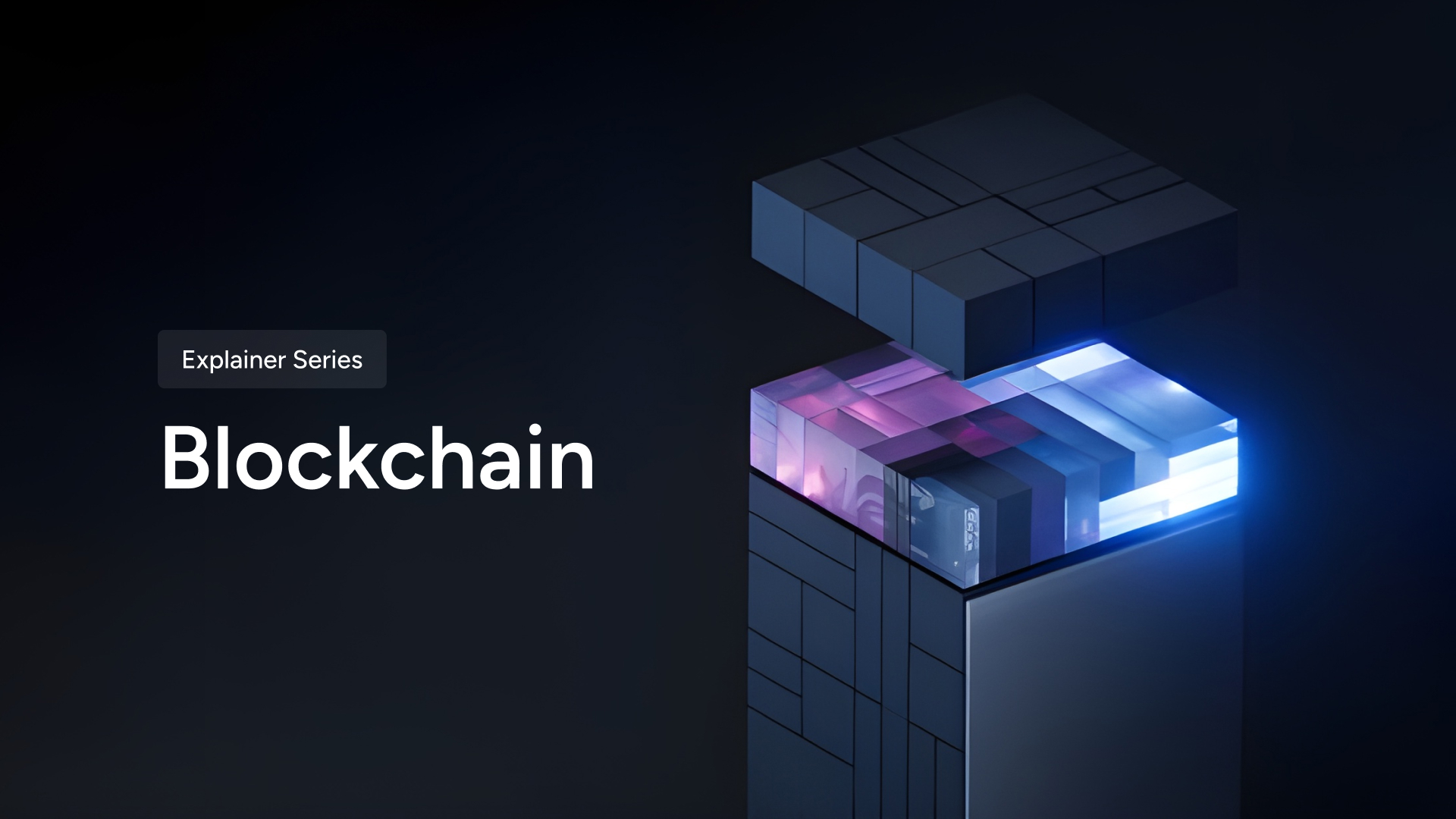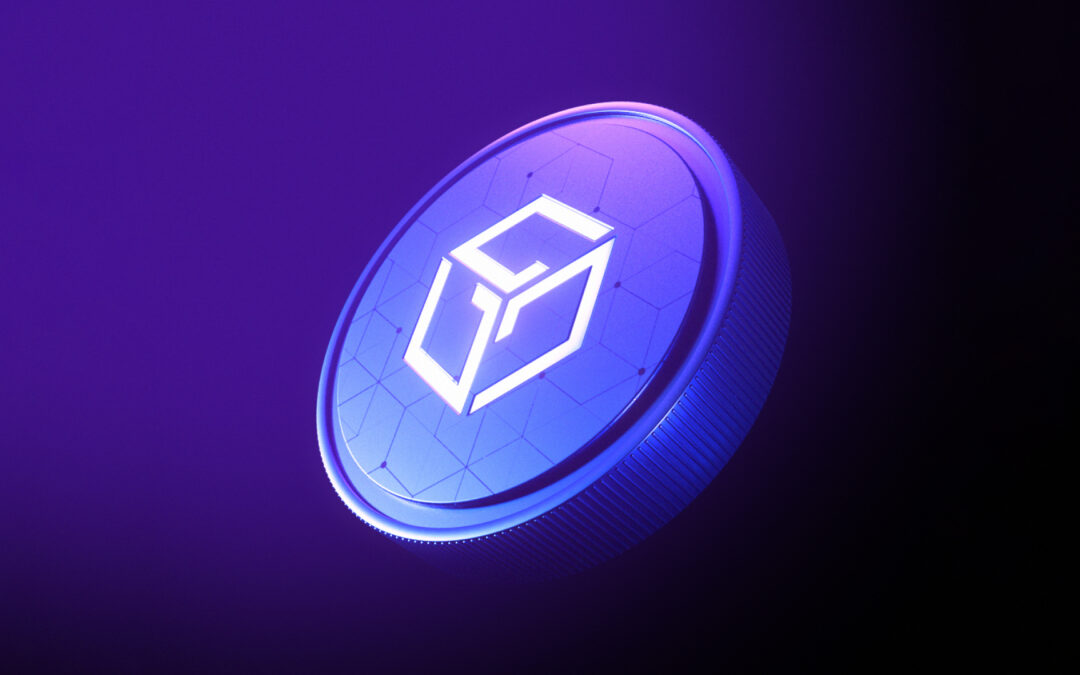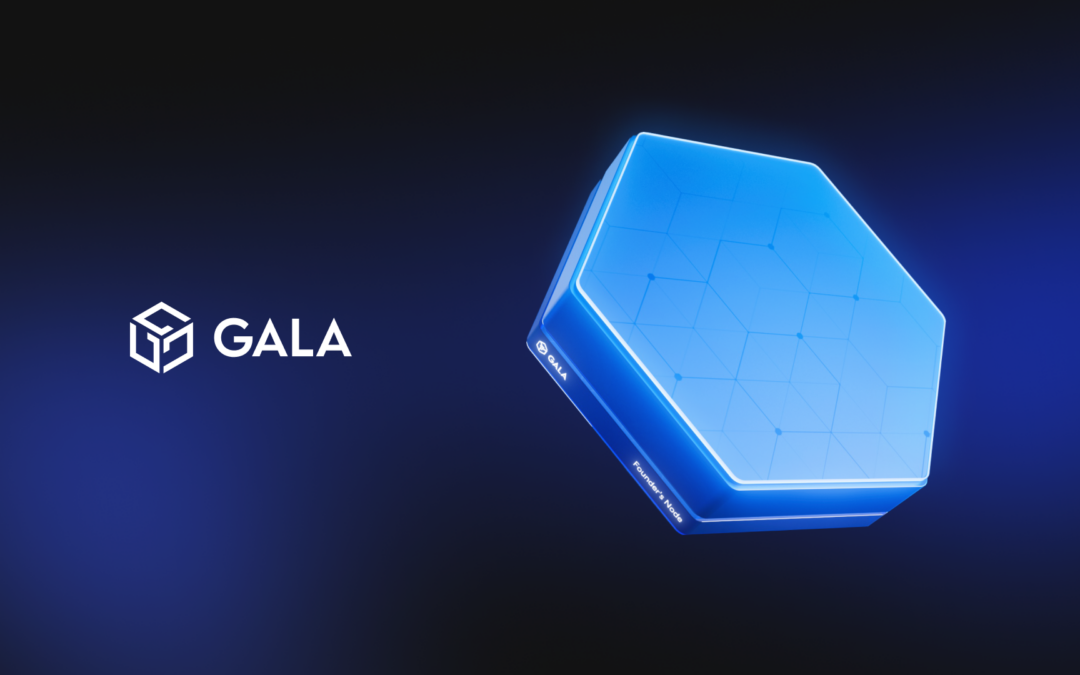What is Blockchain?
Imagine an unchangeable digital ledger that records transactions across numerous computers in a way that guarantees the security and transparency of the data. This is the fundamental idea behind blockchain technology.
A blockchain is a decentralized, distributed ledger that records transactions in a way that is secure, transparent and immutable.
The Gala ecosystem has its own blockchain, built first for gaming but prepared to power projects from numerous industries beyond entertainment. It’s called GalaChain.
How Does Blockchain Work?
To understand the meaning of blockchain, let’s break down its key components and processes:
Blocks
A block is a collection of data or transactions. Each block contains a list of transactions, a timestamp and a unique identifier called a hash. The hash is like a digital fingerprint that uniquely identifies the block and its contents. No hash is identical to any other.
Chain
Blocks are linked together in a linear sequence, forming a chain, hence the name “blockchain.” Each block contains the hash of the previous block, creating a secure and chronological order of transactions. This linkage ensures the integrity and immutability of the blockchain.
Decentralization
Instead of a single central authority, a blockchain is maintained by a network of nodes (computers). Each node has a copy of the entire blockchain and participates in validating and recording transactions. This decentralized nature eliminates the need for intermediaries and increases security.
For example, the GalaChain ecosystem is largely powered by a decentralized network of Founder’s Nodes, operating through software on the home computers of community members. This is vastly different from a single warehouse that hosts all the data on centralized servers.
Consensus Mechanisms
To ensure all nodes agree on the state of the blockchain, consensus mechanisms are used. Common mechanisms include Proof of Work (PoW), where nodes solve complex mathematical puzzles to validate transactions, and Proof of Stake (PoS), where nodes are chosen to validate transactions based on the amount of cryptocurrency they hold and are willing to “stake” as collateral. We’ll dig deeper into these concepts in a future blog.
Cryptography
Blockchain uses cryptographic techniques to secure transactions and control the creation of new units. Public and private keys are used to sign transactions, ensuring that only the owner of the cryptocurrency can transfer it. The cryptography involved in public and private keys cannot be broken by any current computing methods, making it a secure and reliable way to store and transact data.
Why is Blockchain Important?
Blockchain technology offers several unique advantages, coming together to make it the cornerstone of the web3 revolution:
Security
Blockchain’s decentralized and cryptographic nature makes it highly secure. Once data is recorded in a block, it is nearly impossible to alter without changing all subsequent blocks, which requires consensus from the network.
Transparency
All transactions recorded on a blockchain are transparent and can be viewed by anyone. This transparency builds trust among participants and ensures accountability.
Immutability
A transaction cannot be altered or deleted once it has been added to a blockchain. This immutability ensures the integrity of the data and prevents fraud.
Decentralization
Blockchain operates without a central authority, reducing the risk of central points of failure and increasing the system’s resilience.
Efficiency
Blockchain can streamline numerous processes by eliminating the need for intermediaries, reducing transaction times and lowering costs.
Real-World Applications of Blockchain
Cryptocurrencies
Bitcoin, Ethereum and other cryptocurrencies like $GALA (commonly referred to as “altcoins”) rely on blockchain tech to enable secure and decentralized transactions. Cryptocurrencies use blockchain to record all transactions to transparency and prevent double-spending.
Supply Chain Management
Blockchain can enhance supply chain transparency by providing an immutable record of the journey of goods from origin to destination. This helps in verifying the authenticity of products and reducing fraud.
Healthcare
In healthcare, blockchain can securely store and share patient records, ensuring data privacy and improving interoperability between different healthcare providers.
Governance and Voting
Blockchain-based voting systems can enhance the security and transparency of elections. By providing a tamper-proof record of votes, blockchain can help prevent electoral fraud and increase voter confidence, no matter the context.
Gaming and Entertainment
Ecosystems like Gala use blockchain to manage digital assets and transactions. $GALA, the native token of the GalaChain ecosystem, facilitates secure and transparent in-game transactions and rewards.
To learn more about the GalaChain ecosystem and the $GALA token, read the Ecosystem Blueprint.
The Future of Blockchain
As blockchain technology continues to evolve, its potential applications are vast and transformative. Here are a few trends to watch:
Interoperability
Future blockchains will focus on interoperability, allowing different blockchains to communicate and share data seamlessly. This will enhance the overall functionality and adoption of blockchain technology.
While nearly every blockchain innovator sees interoperability as a key piece of the mass adoption puzzle, very few have made meaningful progress toward that goal and many blockchains exist “in their own world” with stringent onboarding requirements. This is why GalaChain was built to seamlessly bridge assets to and from the massively popular Ethereum Virtual Machine.
Scalability
Improving the scalability of blockchain networks is a key focus. Solutions like sharding and layer-2 protocols aim to increase transaction speeds and reduce costs, making blockchain more practical for large-scale applications.
Decentralized Finance (DeFi)
DeFi platforms are creating a parallel financial system that operates on blockchain, offering services like lending, borrowing, and trading without traditional intermediaries. This could democratize access to financial services globally, but it presents a unique set of challenges in terms of regulation.
Non-Fungible Tokens (NFTs)
NFTs are unique digital assets stored on the blockchain. They are revolutionizing the way we think about ownership and value in the digital world, impacting industries such as art, music, and gaming. These digital assets are one of the easiest applications of blockchain to understand. Imagine a unique digital collectible with a built-in certificate of authenticity. That’s an NFT
Regulatory Developments
As blockchain technology gains mainstream adoption, governments and regulatory bodies are working to create frameworks that balance innovation with security and compliance.
Blockchain is Here to Stay
Blockchain technology is a revolutionary innovation that underpins the Web3 movement. By providing a secure, transparent, and decentralized way to record and verify transactions, blockchain is transforming industries and paving the way for a more open and inclusive digital future. As the technology matures, its applications will continue to expand, driving innovation and creating new opportunities.
Stay tuned for more blogs in our explainer series, where we’ll dive deeper into the fascinating world of Web3 and its key concepts!





